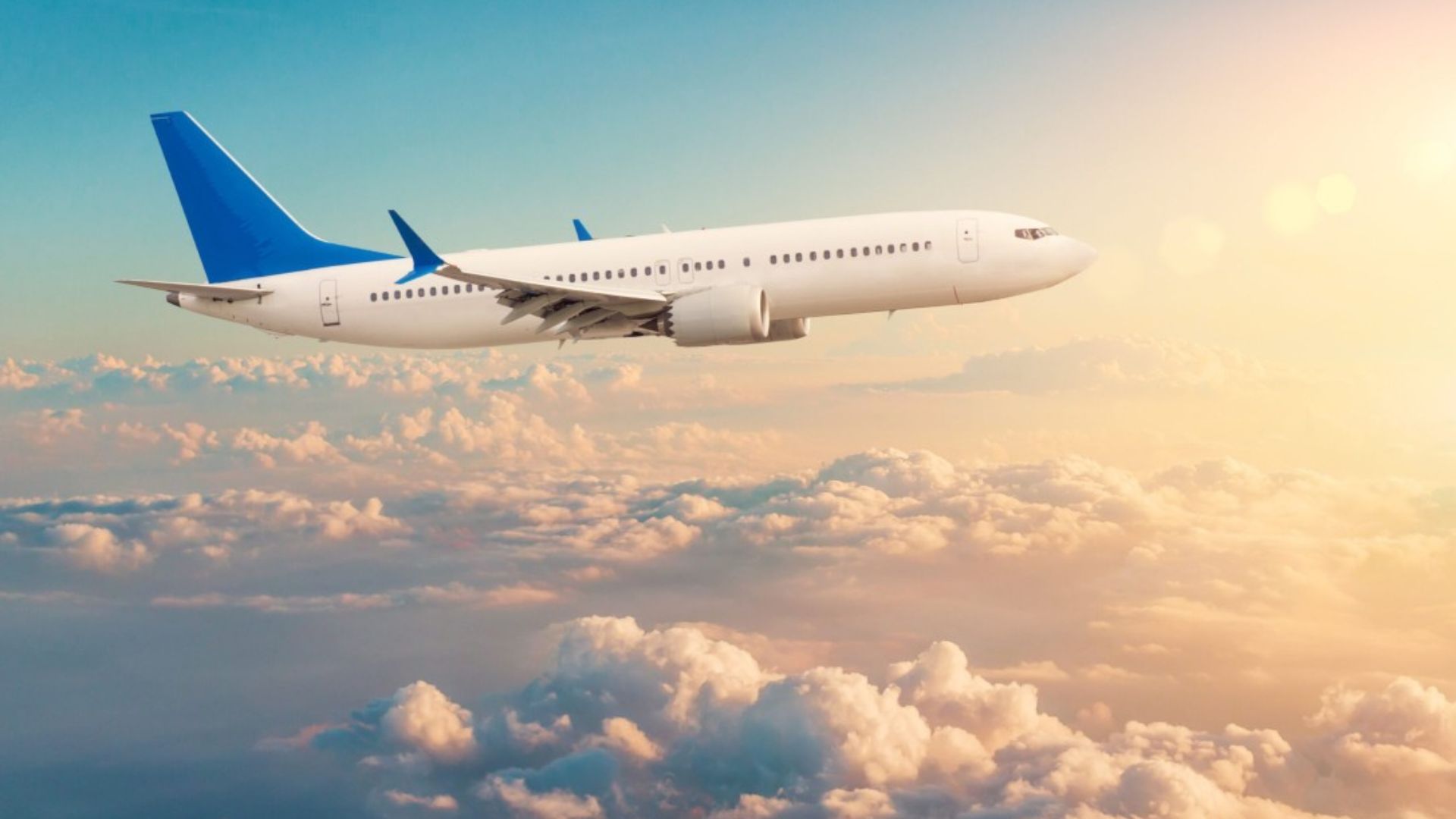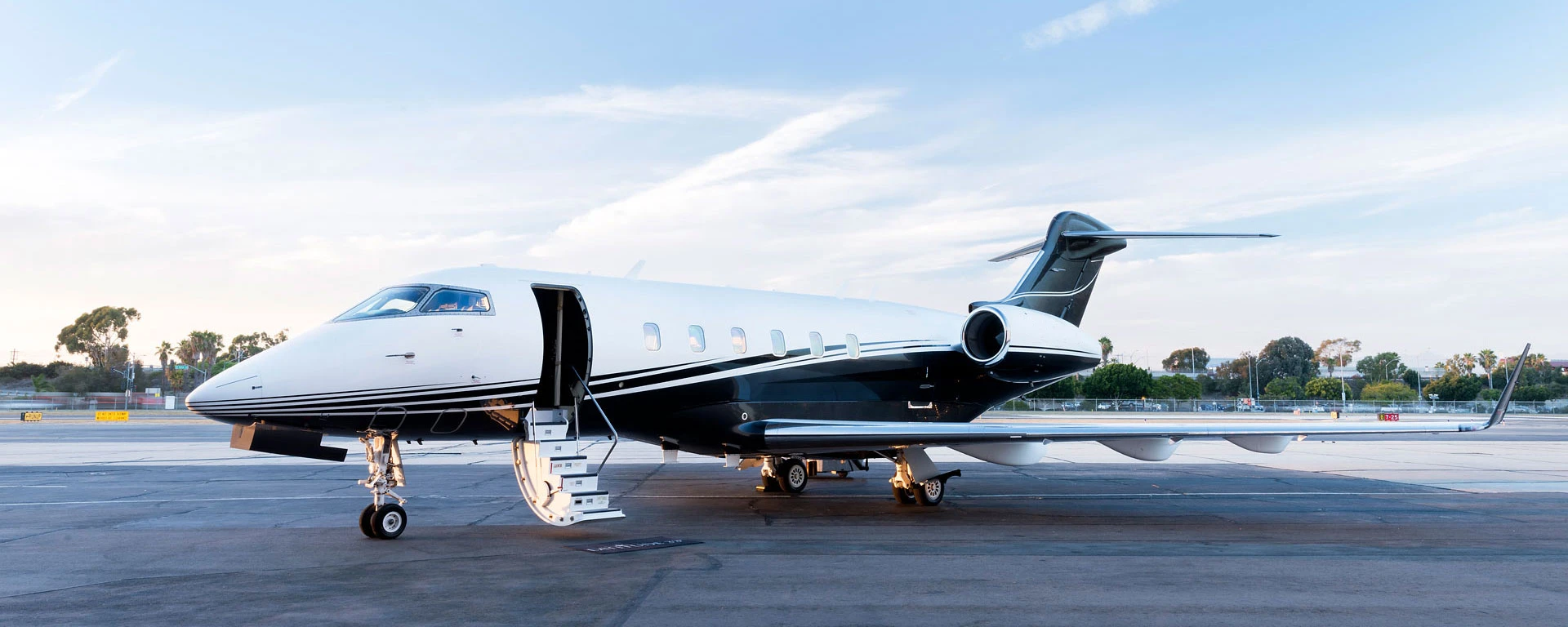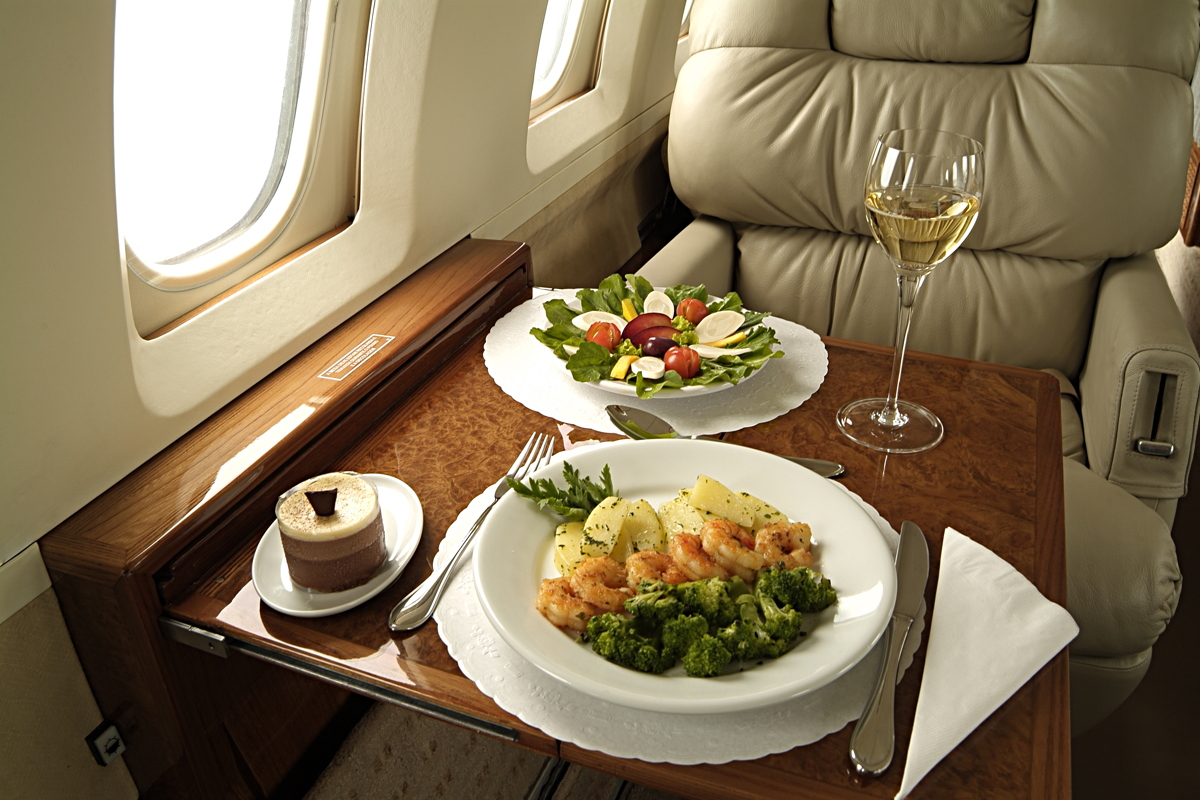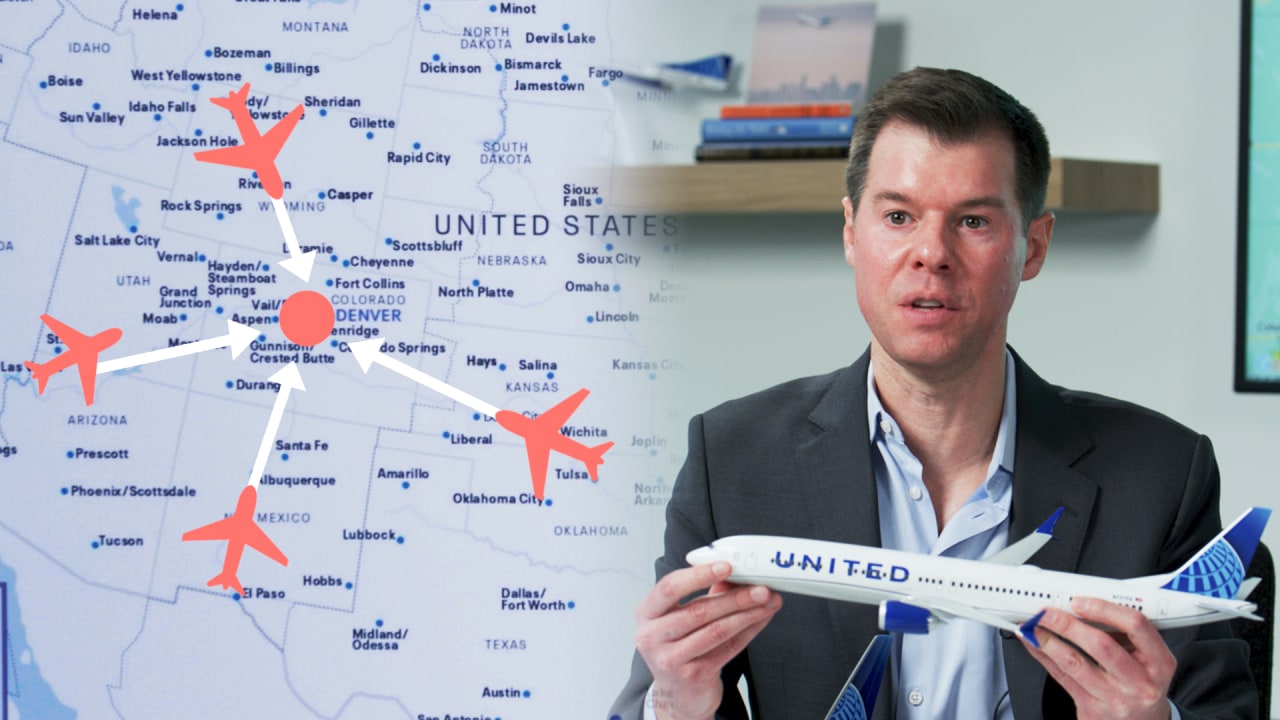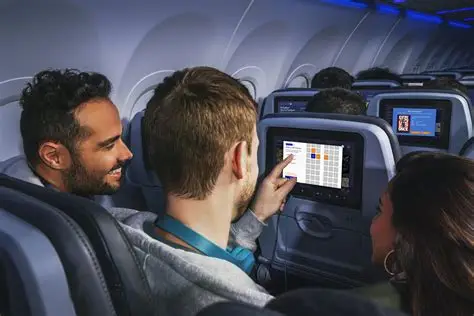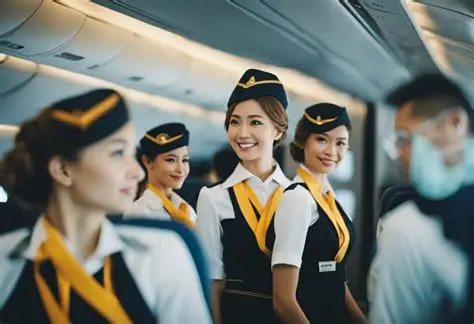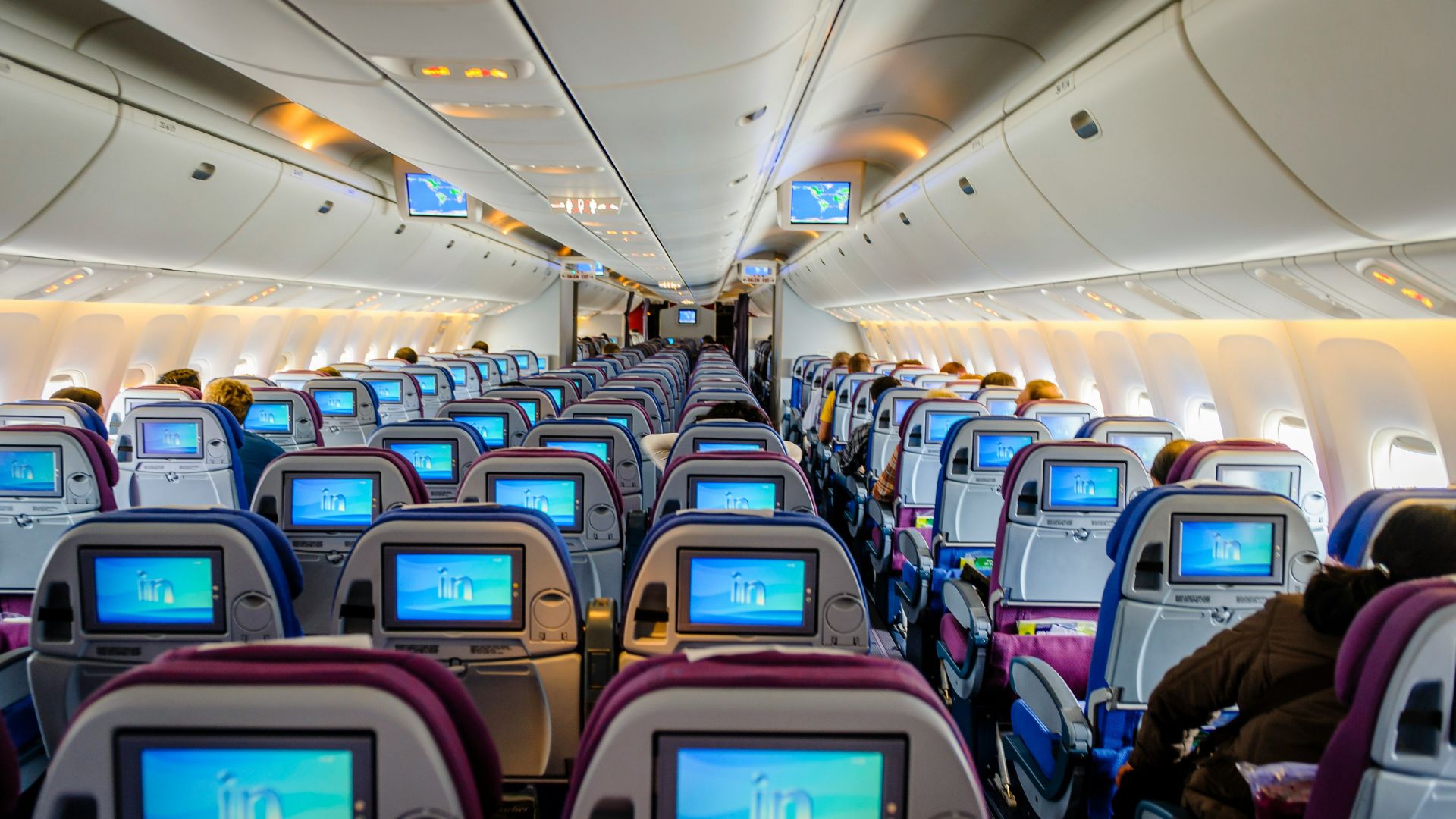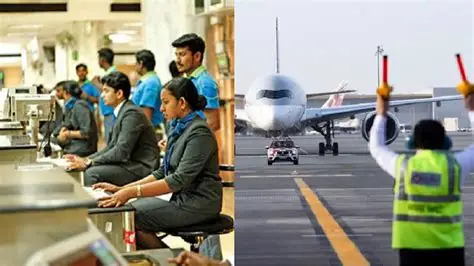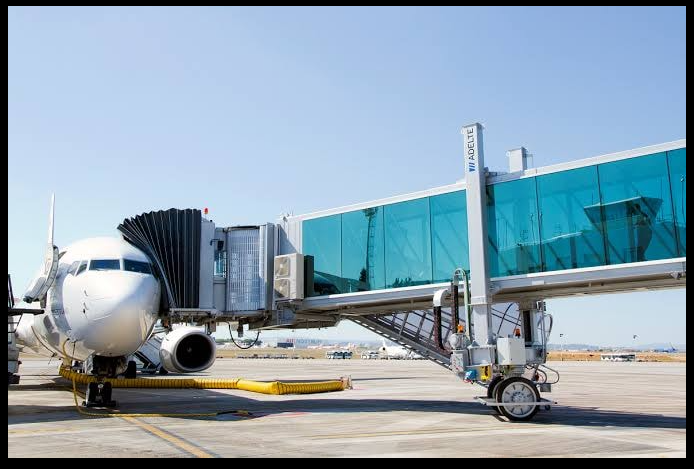In the world of aviation, few achievements carry as much weight as reaching 1 million flight hours without a single incident. It’s not just a numerical milestone—it’s a reflection of discipline, safety, teamwork, and operational excellence. Achieving this feat doesn’t happen by luck or routine. It’s the result of thousands of decisions, inspections, and interactions, all guided by one principle: safety above all. Let’s explore what it takes for an airline to hit this remarkable target and why it deserves to be celebrated industry-wide.
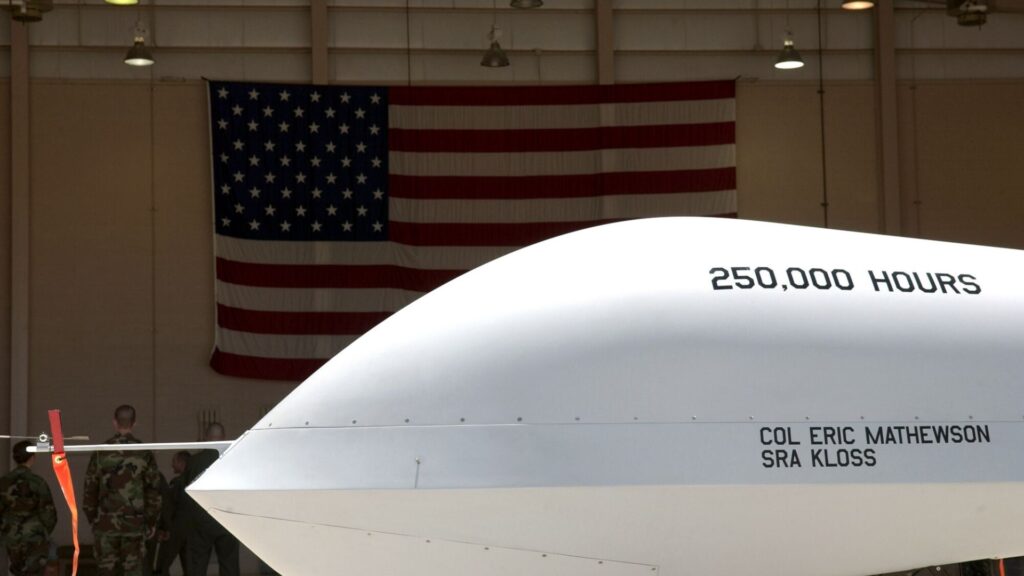
What 1 Million Flight Hours Really Means
One million flight hours is the equivalent of flying around the globe over 40,000 times. For an airline, this includes countless takeoffs, landings, air traffic coordination, and in-flight operations—all without a single safety-related incident or accident.
This level of consistency is no small accomplishment. Airlines must ensure every aircraft in the fleet, every crew member, and every support system performs to the highest standard every single day. The milestone represents a deeply ingrained culture of precision, responsibility, and shared values between pilots, engineers, cabin crew, and ground staff.
How Airlines Achieve It: Behind the Numbers
Reaching 1 million incident-free hours requires more than good fortune or modern aircraft. It’s the direct result of robust systems, proactive leadership, and tireless effort. Here’s how successful airlines achieve this milestone:
Uncompromising Safety Culture
A strong safety culture is the bedrock of incident-free operations. This culture promotes open communication, continuous learning, and the belief that every team member—regardless of rank—has a role in safety. Employees are encouraged to report anomalies or concerns without fear of punishment. In such environments, even minor risks are flagged early and resolved quickly.
Meticulous Maintenance and Inspections
Every aircraft must go through rigorous maintenance schedules, from daily checks to periodic overhauls. Airlines that hit the million-hour milestone do not tolerate shortcuts. Instead, they embrace preventive maintenance strategies, invest in top-tier engineering talent, and constantly update their procedures based on aircraft performance data and industry best practices.
Pilot and Crew Excellence
Flight crews are the frontline of safe operations. To reach high safety goals, airlines invest heavily in pilot training, simulator sessions, and recurrent evaluations. Crew resource management (CRM) training also enhances communication and decision-making during high-pressure situations.
Data-Driven Decision Making
Modern airlines use advanced technology to track everything—from engine performance to weather patterns and airspace traffic. These tools allow teams to anticipate issues and respond before they become threats. Airlines committed to safety milestones actively analyze trends in maintenance, crew reports, and flight data to find areas for improvement.
Why the Milestone Matters
Reaching 1 million incident-free hours isn’t just a statistical achievement—it’s a public promise fulfilled. For passengers, it builds confidence. For employees, it’s a validation of their hard work.
The milestone also reflects an airline’s resilience in adapting to challenges—be it weather disruptions, technical difficulties, or sudden changes in flight schedules. Each decision taken during those million hours matters, and collectively, they form a track record that speaks volumes.
Celebrating this milestone is not about looking back in complacency—it’s about reaffirming the commitment to the future. It tells the world that the airline isn’t just meeting industry standards; it’s setting them.
Final Thoughts
One million flight hours without incident is a monumental achievement that very few airlines reach. It demonstrates what’s possible when an organization puts safety, training, and operational discipline at the core of everything it does.
This milestone is a tribute to every mechanic who checked a bolt, every pilot who ran a checklist twice, and every flight attendant who remained calm under pressure. It is a celebration not just of flights, but of people—working together to keep the skies safe.


